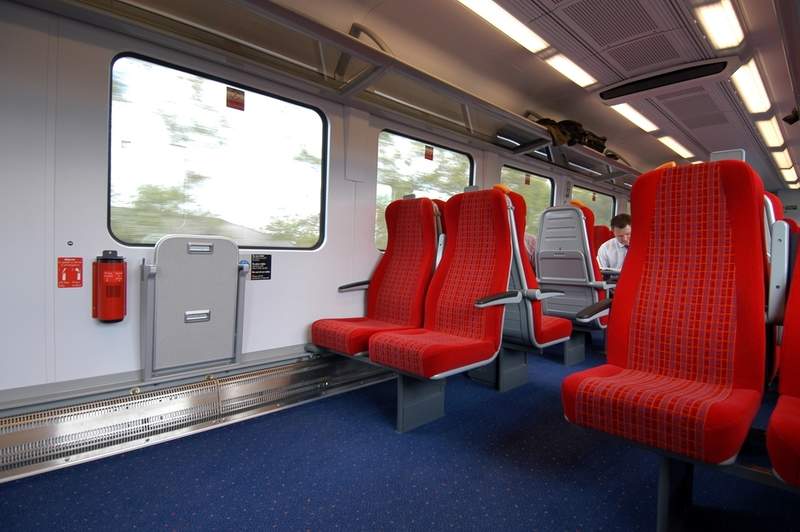
UK’s Rail Safety and Standards Board (RSSB) has called for more research into the design of train seats in order to improve comfort and safety for passengers.
The rail industry body stated that there is ample scope to develop a more scientific approach that will measure and specify comfort with regards to train seating.
The proposed research aims to include ‘human factors’, while assessing multiple aspects such as shape, cushioning, vibration, material choice, lumbar spine support and legroom, as well as taking into account the length of the journey.
A variety of entities associated with the railway industry such as train operating companies, rolling stock manufacturers and suppliers have already expressed interest in the initiative.
RSSB senior human factors specialist Jordan Smith said: “There simply aren’t any reliable industry-approved measures to quantify passenger train seat comfort; they don’t exist.
“The rail industry wants us to challenge that by exploring the potential of a new specification, which takes full account of the complexity of the human factors involved, and allows owners, suppliers and government procurement teams to efficiently specify and deliver seating in line with passenger comfort.”
How well do you really know your competitors?
Access the most comprehensive Company Profiles on the market, powered by GlobalData. Save hours of research. Gain competitive edge.

Thank you!
Your download email will arrive shortly
Not ready to buy yet? Download a free sample
We are confident about the unique quality of our Company Profiles. However, we want you to make the most beneficial decision for your business, so we offer a free sample that you can download by submitting the below form
By GlobalDataThe primary goal of the initiative is to devise a seat comfort specification with a set of minimum requirements for train seat manufacturers.
It is expected to particularly focus on passenger comfort, fire safety and crash-worthiness.
The 2016 National Rail Passenger Survey previously found that 72% of passengers reported ‘satisfied’ or ‘good’ as their level of comfort with regards to seating areas.
Rail industry figures subsequently called for further studies in order achieve higher customer satisfaction with seating arrangements.
The research has been under development for six months and is expected to begin in the near future.



